By sheer coincidence, as this month’s issue celebrates the centennial of Temple Beth El, another San Pedro congregation is celebrating 100 years of existence.
Technically, Trinity Lutheran, which happens to be right across the street from Temple Beth El, marked its 100th year in 2021, but the centennial celebration, like so much else of life, was delayed by COVID.
This Lutheran milestone is a reminder that San Pedro’s extensive Scandinavian heritage is often lost in a town dominated by people of Croatian, Italian, or Mexican ancestry. It’s why we have as many Lutheran churches as Catholic churches. Although none of the Lutheran churches — Trinity Lutheran, Christ Lutheran, Good Shepherd, and the Norwegian Seamen’s Church — have congregations as large as Mary Star, Holy Trinity, or St. Peter’s (with the exception being the Latin-service chapel at Fort MacArthur), their very presence is evidence that at one time, San Pedro had a substantial Scandinavian population.
That population was a natural outgrowth of San Pedro, home to a vibrant seafaring community — fishing and freight — almost from the beginning. Going back to the Vikings, Scandinavians have had a long affinity for the sea, so it’s no surprise they made their way to the burgeoning new harbor near Los Angeles.
The first Scandinavian church in San Pedro was the Norwegian-language Norwegian-Danish M.E. Church at 236 N. Mesa Street. A News-Pilot article in 1961 says the church was built in 1897-98 by Norwegian and Danish Methodists; it first appeared in the records on December 30, 1905. A Swedish Lutheran Church, which later became Bethel Lutheran Church, was formed in 1916 and met at Fifth Street and Grand Avenue. When Bethel moved to west 25th Street, it became Good Shepherd Lutheran.
San Pedro’s first Norwegian Lutheran Church was formed in 1918 and was incorporated as Trinity Evangelical Lutheran Church of San Pedro on August 11, 1921. It was a home church for the most part. However, in 1919, the Rev. P.B. Hoff (no relation to the current pastor, Nathan Hoff) was conducting afternoon and evening English-language services at the Norwegian-Danish church.
O.J. Edwards became Trinity’s first called pastor in 1934, and a year later, a church was built at 10th and Alma. The church ended the use of Norwegian in 1937, conducting all services in English, and in 1947, the structure was moved to its current location at Seventh Street and Broadway.
The Norwegian-speaking community wasn’t ignored, however. The Norwegian-Danish church at Barton Hill, known as St. Olav’s, had morphed into a Scandinavian Seamen’s mission in 1925. Then, in 1941, Norwegian shipping magnate Lars Christensen, feeling there was a need to minister to Norwegian sailors in Los Angeles Harbor, purchased St. Olav’s and, lock, stock, and barrel, handed it over to the Norwegian Seamen’s Church.
The Nazis had overrun Norway in 1940, but its extensive merchant fleet remained integral to Allied operations. A month after the new church opened, Pearl Harbor thrust the United States into WWII, and every day for the duration there were two to eight Norwegian ships docked in San Pedro. Many of those seamen never returned home; more than 3,600 Norwegian merchant mariners died in the war.
More than 9,500 American civilian sailors died in the war, and their names are etched into the American Merchant Marines Veterans Memorial on Harbor Boulevard. The names of 19 San Pedrans who died in WWII are on those walls, and more than half have Scandinavian surnames. In fact, the first American casualties on December 7, 1941, weren’t at Pearl Harbor but occurred in the mid-Pacific before the sneak attack, when a Japanese sub sank the SS Cynthia Olson en route to Hawaii. All hands were lost, including the master, Berthel Carlsen, and chief mate, William P. Buchtele, both San Pedro residents. Carlsen was a native of Norway, and Buchtele was a Danish immigrant.
Six years after the war ended, a new Norwegian Seamen’s Center was built at 10th and Beacon streets, now almost within view of the merchant marine memorial. Services in Norwegian continue to this day at a restored St. Olav’s; a Hispanic church bought the old Mesa property, which still stands.
Outside the Lutheran church, little remains to be seen of San Pedro’s Scandinavian past. The famous Ulabrand Hall is closed, and the once prominent Ulabrand Lodge, Sons of Norway, formed in 1926, is just a shadow of itself with meetings at Nansen Field on the Hill. Norwegian Imports and Bakery, a longtime fixture on 13th and Gaffey, closed in 1998, and I still long for the marzipan cake.
Even inside the Lutheran church, there have been significant changes. I know because I’ve been attending Trinity Lutheran since our son was part of the boys choir in the mid-‘80s. The centennial celebration, as expected, showcased the church’s Scandinavian roots, but a congregation that once spoke Norwegian as its first language reflects current San Pedro in all its ethnic flavors. Many members still make yearly pilgrimages to the Old Country — Minnesota, the pastor may still crack an Ole-and-Sven joke now and then, and you’ll still hear an occasional “uff da,” but, hey, I’m not the only Italian American anymore. spt

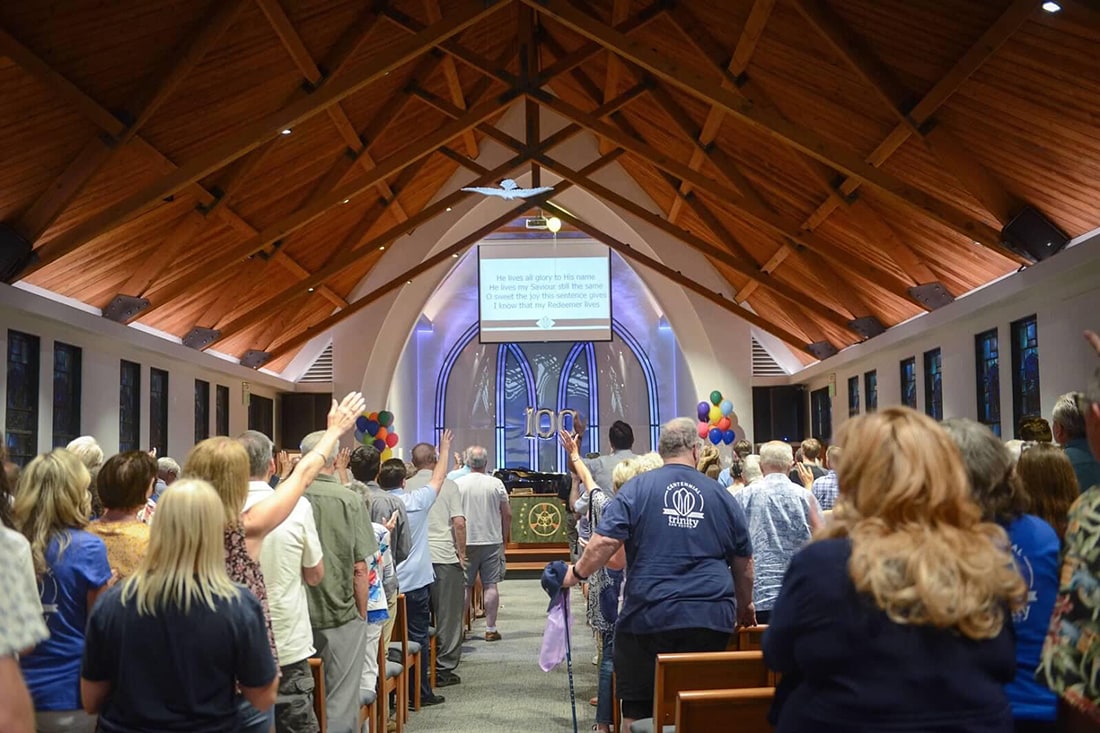
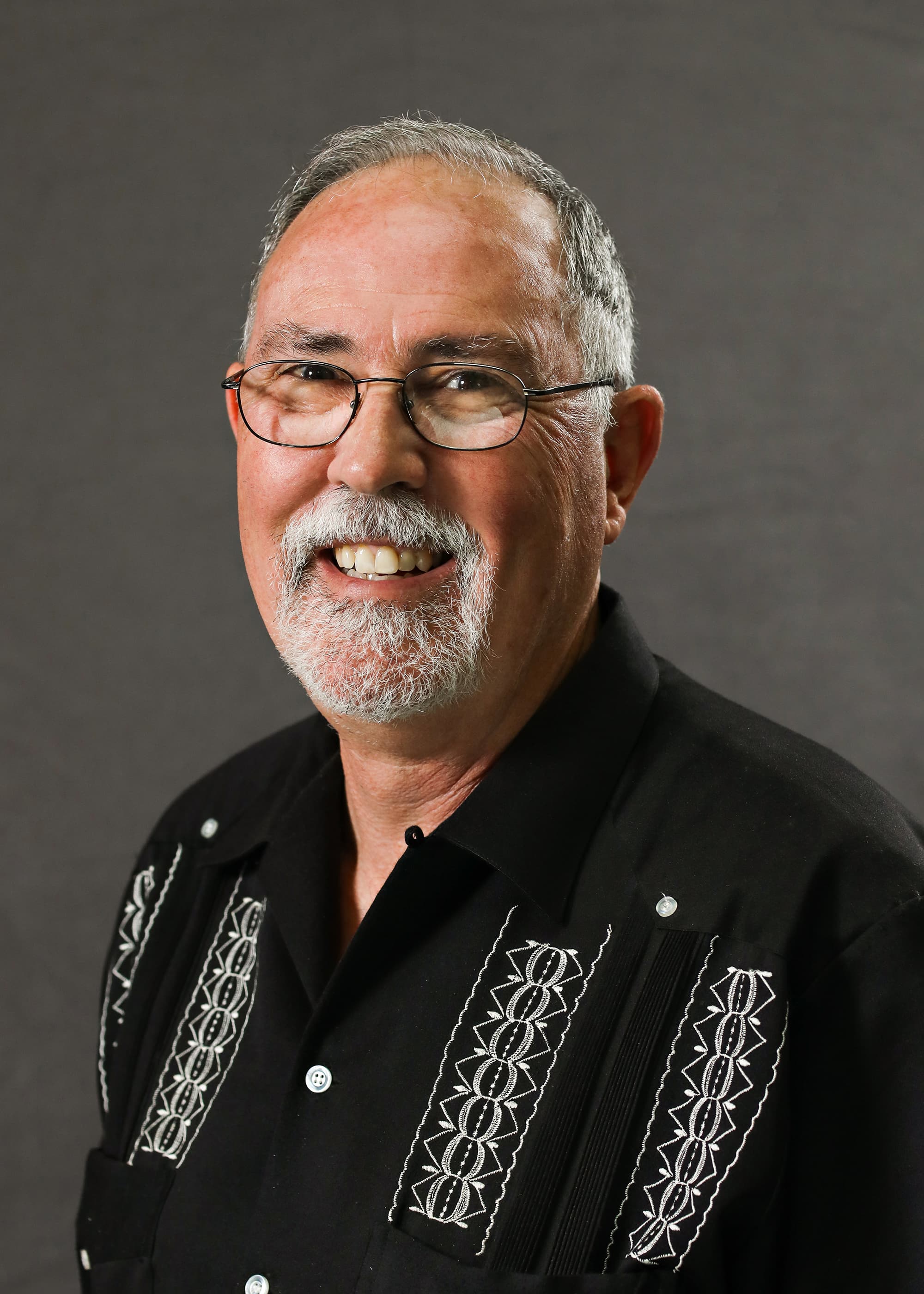
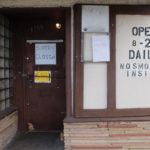
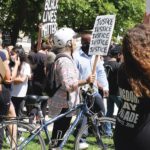

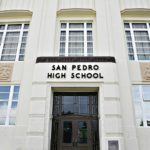
Comments